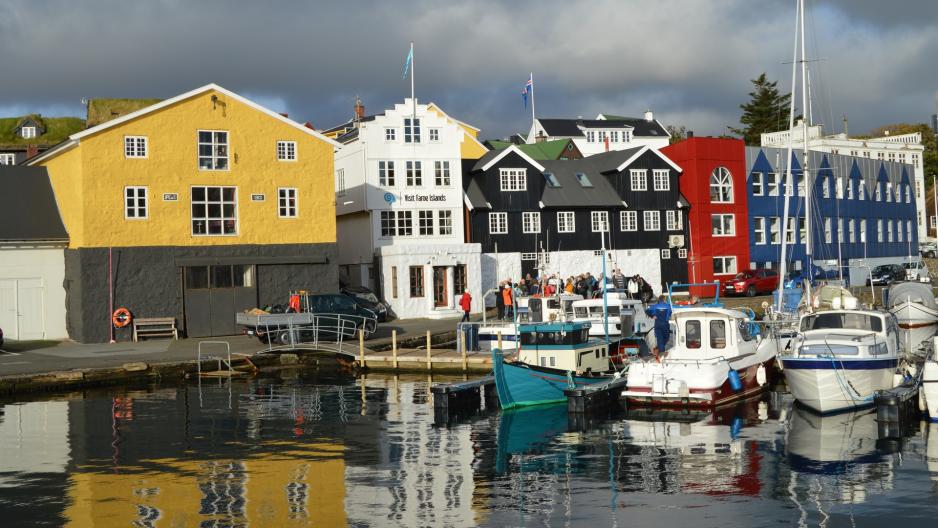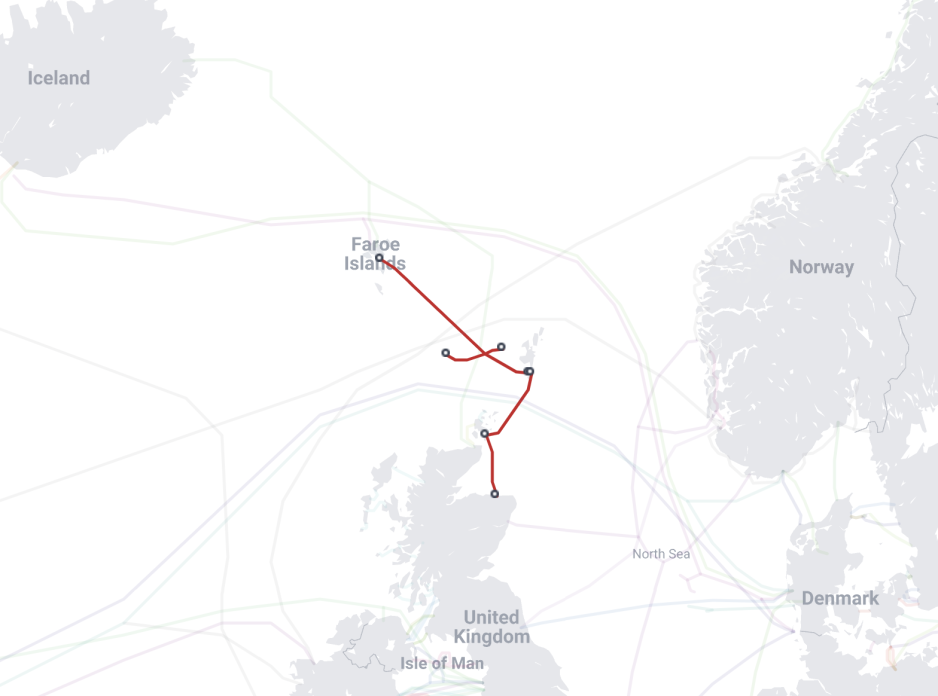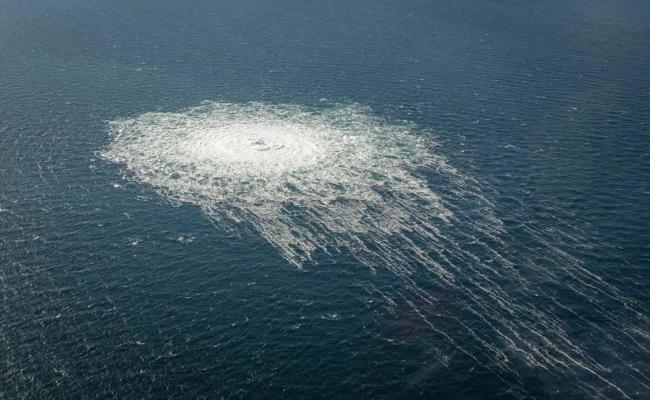Fiber-optic Submarine Cable near Faroe and Shetland Islands Damaged; Mediterranean Cables also Cut

Torshavn, Faroe Islands. (Source: Allan Watt on Flickr)
Damage to subsea communication cables near the Faroe and Shetlands Islands left much of the islands without internet access. Subsea fiber-optics cables in the south of France were also cut in what authorities call acts of sabotage.
A month after the Nord Stream 1 and 2 pipeline were sabotaged in a series of explosions, critical European subsea infrastructure continues to be damaged.
Last week the SHEFA-2 undersea cable linking the Faroe Islands to mainland Scotland via the Shetland and Orkney Islands was damaged in two separate incidents leaving much of the islands without internet connection.
In the south of France three key subsea cables connecting the city of Marseille to Lyon, Milan, and Barcelona were purposely cut, the cable’s operator reported, impacting internet connectivity worldwide.
While French authorities suspect an act of sabotage, their Scottish counterparts remain more cautious about what caused the damage to the cables.
Similar to the Svalbard cable incidents, in which Russian fishing vessels passed repeatedly over the areas where the cables were located, police investigating the Faroe and Shetland incidents suggested that it was likely fishing vessels, which damaged the cables.
It is very rare that we have two problems at the same time
Fishing trawlers routinely cause damage to subsea cables when fishing nets or in some cases anchors drag along the seafloor. It is the frequency with which these events have been occurring that alarms experts.
"We expect it will be fishing vessels that damaged the cable but it is very rare that we have two problems at the same time," Páll Vesturbú, the head of infrastructure for Faroese Telecom stated.
Hans Tino Hansen, CEO of Risk Intelligence, a firm specializing in threat analysis at sea, in port, and on land offered a similar analysis.
“The probability of this happening once by mistake is low and the probability of this happening twice is insignificant and non-existent for a third and fourth time when measured against normal trawler behavior,” explained Hansen.

The SHEFA-2 undersea cable linking the Faroe Islands to mainland Scotland via the Shetland and Orkney Islands. (Source: Courtesy of submarinecablemap.com)
Similarities to Svalbard incidents
Experts were quick to point to the two Svalbard cable incidents. Earlier this year an undersea fiber optic cable connecting a satellite ground station on Svalbard to the Norwegian mainland was severed. Months earlier in 2021 cables of a scientific undersea monitoring network, which can also detect submarines including those of the Russian Northern Fleet, were cut.
In a detailed investigation the Norwegian Broadcasting Corporation (NRK) concluded that a number of Russian fishing trawlers passed repeatedly over the cable locations at the time of the incidents.
“The cuts to subsea communication cables to the Shetland Islands and between the Faroe Islands (DK) and the Shetland Islands should be seen in a wider context with e.g. the Svalbard communication cable in January,” explains Hansen.
“To those who claim the cuts of the Shetland cables are done by trawlers then the answer is very likely to be yes - but trawlers doing it on purpose and not by mistake as illustrated by NRK in the documentary.”
Broad security risk
Following the Nord Stream pipeline incidents Norwegian authorities have continued to step up security for critical subsea infrastructure, including those related to the oil and gas industry in the North Sea. Platform operators now deploy drones to surveil pipelines and platforms and the Norwegian Navy has stepped up patrols in the area.
The recent measures demonstrate the importance of the issue, explains Bård Ludvig Thorheim, member of Norwegian Parliament for the conservative party representing the Nordland region.
“Broadly speaking, the recently provided extra security measures on Norwegian offshore installations and infrastructure reflects the seriousness of the current situation,” Thorheim told High North News.
“I do not want to speculate about any links between the cutting of subsea fiber cables and sabotage against gas pipelines. However, I warned after the incidents of the Vesterålen and Svalbard cables that Norwegian authorities should be alert and put high priority on finding out the causes,” Thorheim emphasized.
Russia’s efforts to use energy, especially natural gas, as a political weapon to divide Europe and its support for Ukraine, further enhances the strategic importance of Norway’s energy infrastructure in the High North and North Sea.
Thorheim cautions that this important issue and the vulnerability of some of this infrastructure has not been communicated clearly enough to the public.
“I believe this does not serve us well [...]. In a democratic society our strength is for the public to be enlightened about the security threats and work together to face challenges in the High North,” Thorheim concluded.


